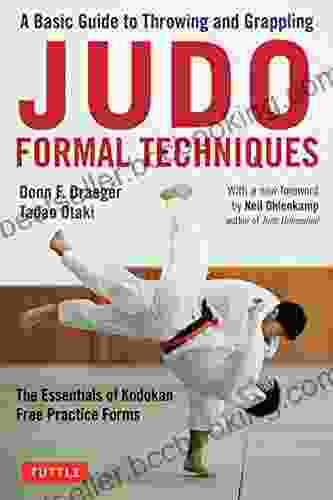Unearthing the Past: Archaeological Perspectives on the Battle of the Little Bighorn

The Battle of the Little Bighorn, also known as Custer's Last Stand, is one of the most iconic events in American history. Fought on June 25, 1876, between the United States Army and a coalition of Lakota Sioux, Northern Cheyenne, and Arapaho warriors, the battle resulted in the death of Lieutenant Colonel George Armstrong Custer and all 264 men under his command. The defeat of Custer's 7th Cavalry Regiment marked a turning point in the Indian Wars and has been the subject of countless books, films, and documentaries.
In recent years, archaeologists have played an increasingly important role in understanding the Battle of the Little Bighorn. By excavating the battlefield, analyzing artifacts, and studying the remains of the dead, archaeologists have been able to provide new insights into the events of that fateful day.
4.5 out of 5
| Language | : | English |
| File size | : | 23720 KB |
| Text-to-Speech | : | Enabled |
| Screen Reader | : | Supported |
| Enhanced typesetting | : | Enabled |
| Word Wise | : | Enabled |
| Print length | : | 328 pages |
The Archaeological Evidence
The archaeological record of the Battle of the Little Bighorn is extensive. In the years since the battle, archaeologists have excavated numerous sites on the battlefield, including the location of Custer's last stand. These excavations have yielded a wealth of artifacts, including weapons, ammunition, clothing, and personal belongings. The artifacts have helped archaeologists to reconstruct the course of the battle and to better understand the experiences of the soldiers and Indians who fought there.
In addition to artifacts, archaeologists have also studied the remains of the dead from the Battle of the Little Bighorn. The study of these remains has provided valuable information about the demographics of the soldiers and Indians who fought in the battle, as well as the nature of their wounds. The remains have also been used to identify some of the soldiers who were killed in the battle.
Archaeological Perspectives on the Battle
The archaeological evidence from the Battle of the Little Bighorn has helped archaeologists to develop a more nuanced understanding of the battle. Archaeologists have shown that the battle was not simply a one-sided massacre of soldiers by Indians. Instead, it was a complex and fluid engagement in which both sides suffered heavy losses.
Archaeologists have also shown that the battle was not fought in isolation. It was part of a larger conflict between the United States and the Lakota Sioux, Northern Cheyenne, and Arapaho peoples. This conflict was rooted in the United States' desire to expand its territory and the Indians' desire to preserve their traditional way of life.
The Legacy of the Battle
The Battle of the Little Bighorn was a watershed moment in American history. It marked the end of the Indian Wars and the beginning of a new era in US-Indian relations. The battle also had a profound impact on the Lakota Sioux, Northern Cheyenne, and Arapaho peoples. The defeat of Custer's 7th Cavalry Regiment gave these peoples a sense of hope and inspiration. It also helped to galvanize their resistance to the United States government.
The Battle of the Little Bighorn continues to be a source of fascination for historians, archaeologists, and the general public. The archaeological evidence from the battlefield has helped us to better understand the events of that fateful day and the legacy of the battle.
Archaeological Perspectives on the Battle of the Little Bighorn is a groundbreaking work that provides a new understanding of one of the most iconic events in American history. Through a detailed analysis of the archaeological evidence, the authors show that the battle was not simply a one-sided massacre of soldiers by Indians. Instead, it was a complex and fluid engagement in which both sides suffered heavy losses. The authors also show that the battle was not fought in isolation but was part of a larger conflict between the United States and the Lakota Sioux, Northern Cheyenne, and Arapaho peoples. Archaeological Perspectives on the Battle of the Little Bighorn is a must-read for anyone interested in American history, the Indian Wars, or the Battle of the Little Bighorn.
Image Credits
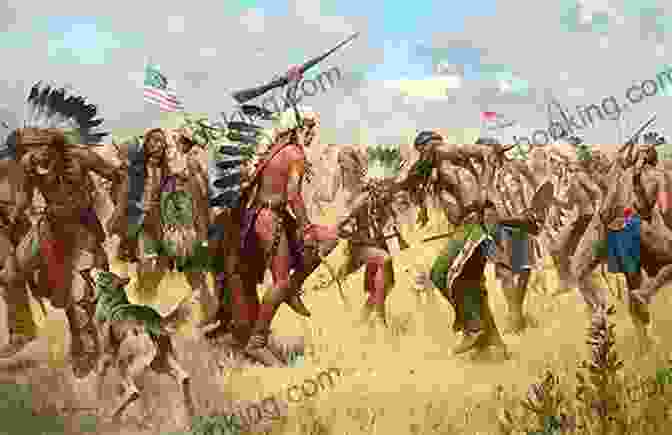

The remains of soldiers and Indians from the Battle of the Little Bighorn. 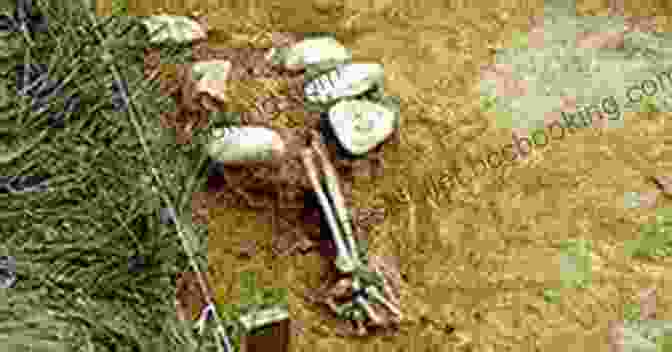
4.5 out of 5
| Language | : | English |
| File size | : | 23720 KB |
| Text-to-Speech | : | Enabled |
| Screen Reader | : | Supported |
| Enhanced typesetting | : | Enabled |
| Word Wise | : | Enabled |
| Print length | : | 328 pages |
Do you want to contribute by writing guest posts on this blog?
Please contact us and send us a resume of previous articles that you have written.
 Book
Book Novel
Novel Page
Page Chapter
Chapter Text
Text Story
Story Genre
Genre Reader
Reader Library
Library Paperback
Paperback E-book
E-book Magazine
Magazine Newspaper
Newspaper Paragraph
Paragraph Sentence
Sentence Bookmark
Bookmark Shelf
Shelf Glossary
Glossary Bibliography
Bibliography Foreword
Foreword Preface
Preface Synopsis
Synopsis Annotation
Annotation Footnote
Footnote Manuscript
Manuscript Scroll
Scroll Codex
Codex Tome
Tome Bestseller
Bestseller Classics
Classics Library card
Library card Narrative
Narrative Biography
Biography Autobiography
Autobiography Memoir
Memoir Reference
Reference Encyclopedia
Encyclopedia Donna Krasnow
Donna Krasnow Don N Hagist
Don N Hagist Denise Uwimana Reinhardt
Denise Uwimana Reinhardt Douglas Wellman
Douglas Wellman Dominique Antiglio
Dominique Antiglio Diane Miessler
Diane Miessler Debra L Martin
Debra L Martin Dr Frank L Douglas
Dr Frank L Douglas Dennis Becker
Dennis Becker Dick King Smith
Dick King Smith Doris J Barnes
Doris J Barnes Dr Angela D Thomas
Dr Angela D Thomas Donna Griffin
Donna Griffin Diane Miller Sommerville
Diane Miller Sommerville Dianna Ortiz
Dianna Ortiz Didier Sornette
Didier Sornette Donna Mann
Donna Mann Dorothee Haering
Dorothee Haering Diana Papaioannou
Diana Papaioannou Donna Morang
Donna Morang
Light bulbAdvertise smarter! Our strategic ad space ensures maximum exposure. Reserve your spot today!
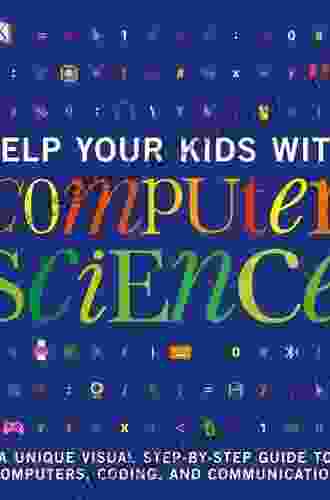
 Hunter MitchellUnlock the World of Computer Science for Kids: Guide Your Young Explorers...
Hunter MitchellUnlock the World of Computer Science for Kids: Guide Your Young Explorers...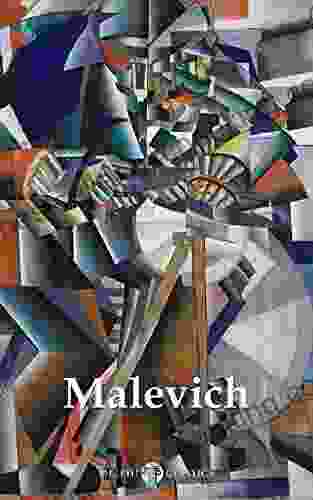
 Evan SimmonsDelphi Complete Works Of Kazimir Malevich Illustrated Delphi Masters Of Art...
Evan SimmonsDelphi Complete Works Of Kazimir Malevich Illustrated Delphi Masters Of Art... Bo CoxFollow ·10.6k
Bo CoxFollow ·10.6k John MiltonFollow ·15.2k
John MiltonFollow ·15.2k Jimmy ButlerFollow ·2.8k
Jimmy ButlerFollow ·2.8k Dakota PowellFollow ·4.7k
Dakota PowellFollow ·4.7k Italo CalvinoFollow ·10.8k
Italo CalvinoFollow ·10.8k Howard BlairFollow ·14.7k
Howard BlairFollow ·14.7k Holden BellFollow ·6.4k
Holden BellFollow ·6.4k Braden WardFollow ·7.9k
Braden WardFollow ·7.9k

 J.D. Salinger
J.D. SalingerThe Quintessential American Cook: A Culinary Journey with...
Prologue: The Man...

 Franklin Bell
Franklin BellIntroducing Romanticism: A Literary Guide to the Romantic...
Romanticism was a...

 Denzel Hayes
Denzel HayesThe Untold And Inspiring Story Of Eric Liddell Hero Of...
The Olympian Who Defied...
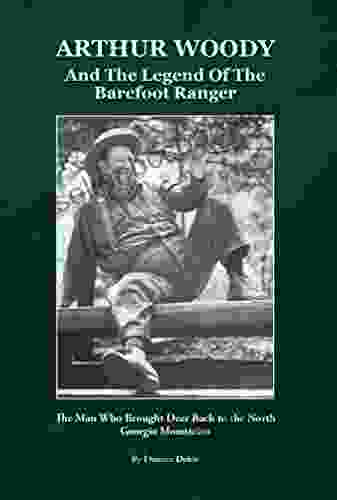
 Oscar Wilde
Oscar WildeDiscover the Enchanting Adventure of Arthur Woody and the...
Immerse Yourself in a World of Mystery,...

 Fernando Bell
Fernando BellAlibaba: The House That Jack Ma Built
The Rise of the Chinese E-Commerce Giant ...

 Leo Tolstoy
Leo TolstoyCrossing Continents: A History of Standard Chartered Bank
By John M. Smith Crossing...
4.5 out of 5
| Language | : | English |
| File size | : | 23720 KB |
| Text-to-Speech | : | Enabled |
| Screen Reader | : | Supported |
| Enhanced typesetting | : | Enabled |
| Word Wise | : | Enabled |
| Print length | : | 328 pages |





